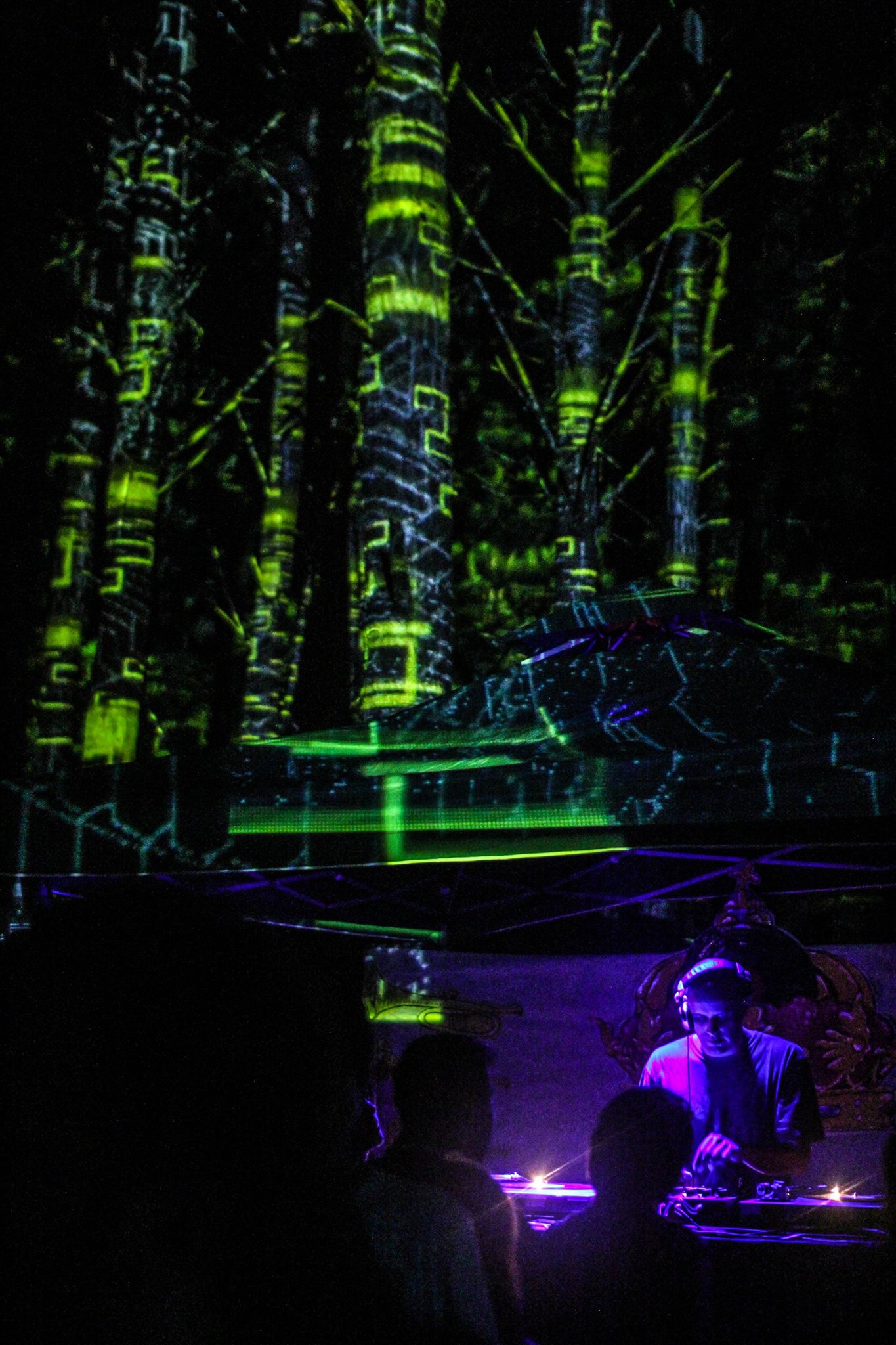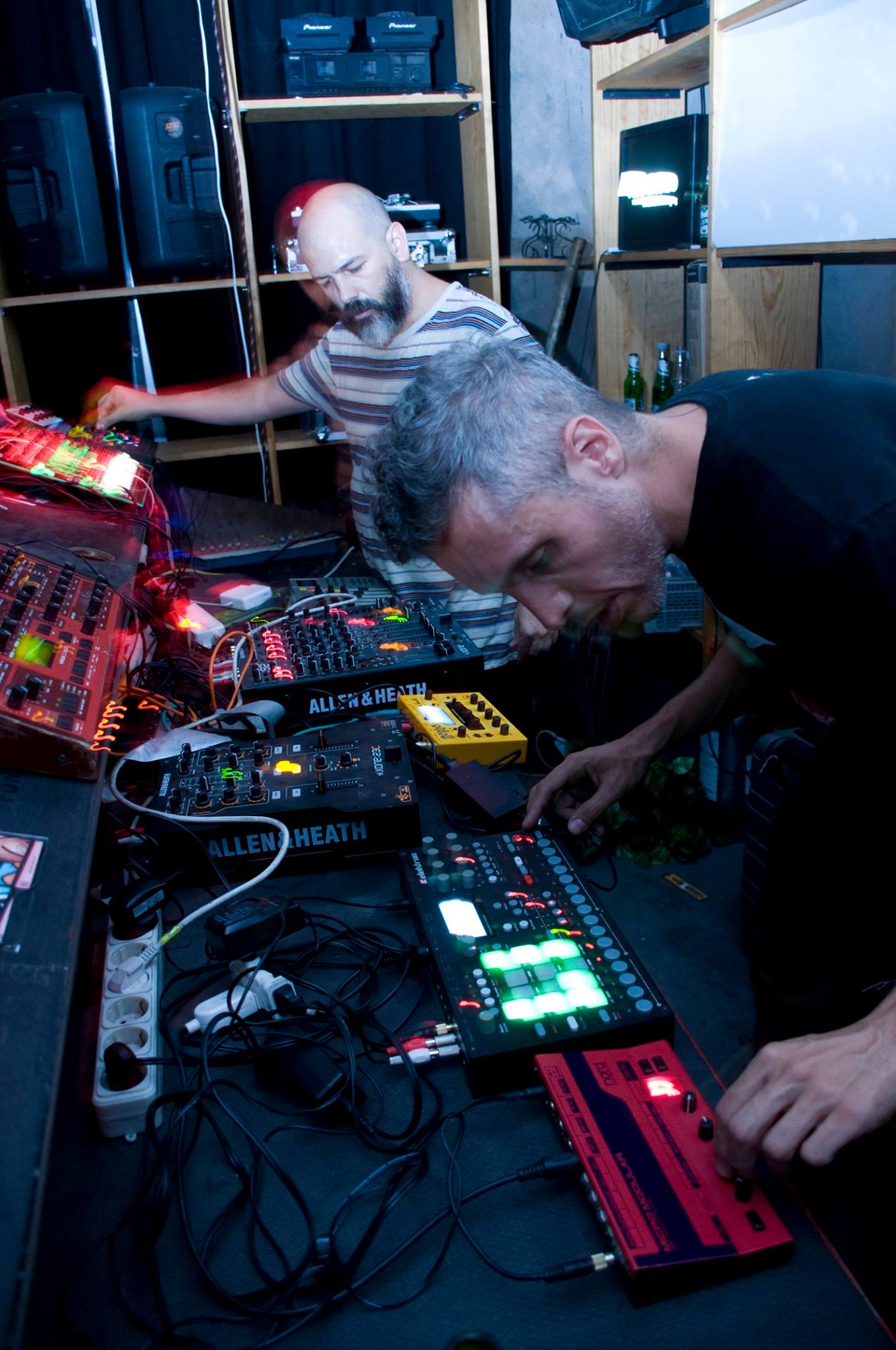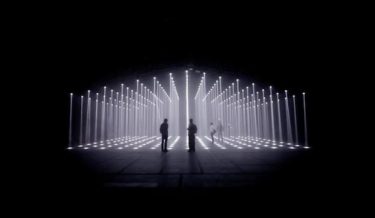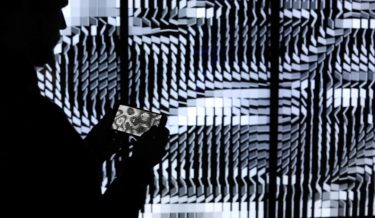Related post
Musical Spotlights Dance Through an Empty Warehouse
Mar 08, 2017
|
Comments Off on Musical Spotlights Dance Through an Empty Warehouse
4454
The Beacons – Painting a VR space with light and kinetic motion
Jan 18, 2017
|
Comments Off on The Beacons – Painting a VR space with light and kinetic motion
2706






